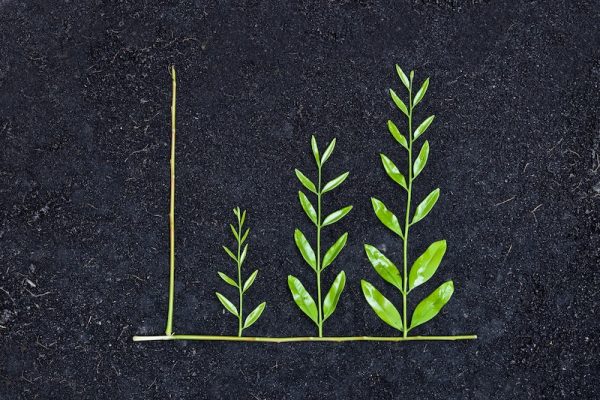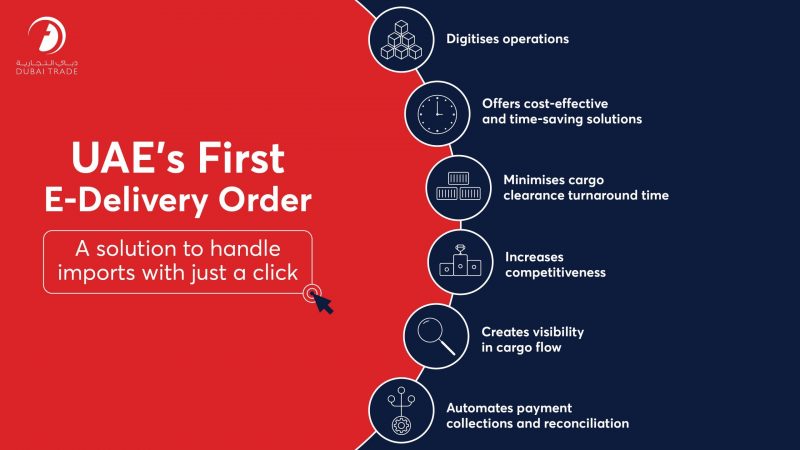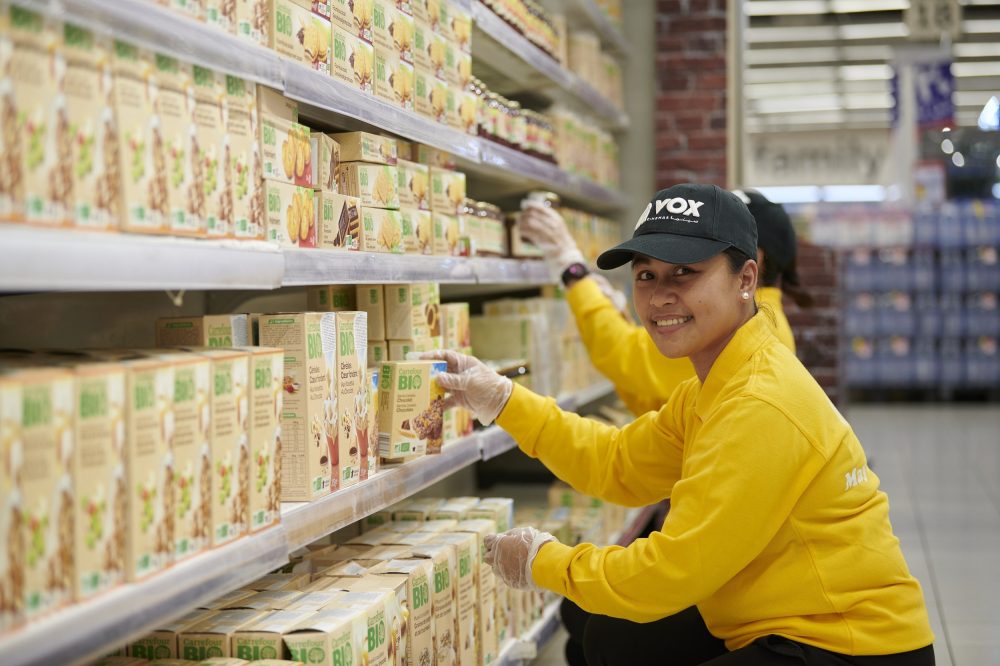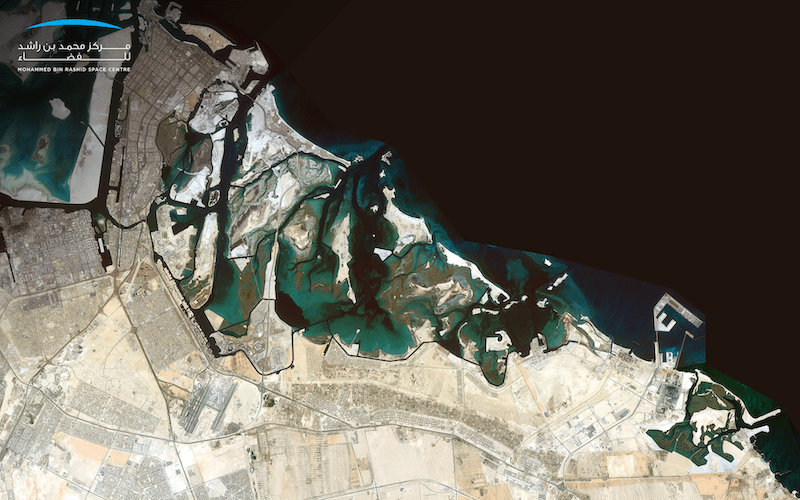For the Gulf to Recover Faster, we Must Go Green
Economy

July 29, 2020, 5:25 am
By Waseem Taqqali, Vice President Field Services, Schneider Electric Gulf
Much has been said about the past few months and what has happened to our societies and economies. And yet not enough has been shared about what comes next, and how we recover. Tens of millions of jobs have been lost as most of the planet ground to a standstill. Governments have stepped in to support businesses and economies; to date, $15 trillion has been invested to cushion the economic impact. Trillions more will be spent as we look to recover from the pandemic.
Given that we’re looking to rebuild, the question we’ve got to ask ourselves now is what kind of recovery do we want? There’s a number of countries and regions that are standing out in terms of their vision.
A comprehensive program involving legislation, policy, and projects that makes possible sustainable development, alongside economic growth, is currently under way in the UAE and Dubai in particular. A global leader in introducing technologies and policies that address climate change, the country has implemented cross-sector efforts to utilize sustainable energy solutions that meet growing global demand.
“A transition to a green economy could both revive economies and create millions of new jobs.”
Abu Dhabi has also been pushing hard to promote renewables. In July, a consortium led by Abu Dhabi National Energy Company (Taqa) and Masdar, in partnership with France’s EDF and JinkoPower, have agreed to develop what will become the world’s largest solar power plant with a total capacity of 2 gigawatts in Abu Dhabi. The project has one of the most cost-competitive solar photovoltaic tariffs in the world.
The UAE Green Agenda 2015-2030 is the overarching framework of actionable Green Economy initiatives, The National Climate Change Plan of the UAE 2017-2050, which is aligned to the UAE Green Agenda, aims to create innovative solutions that involve the private sector in controlling gas emissions while maintaining economic growth, adapting to climate change, and promoting economic diversification. It targets the generation of 27% of energy from clean sources by 2021, further reinforced by the UAE Energy Plan 2050 that aims for 50% clean sources in the national energy mix and 40% improvement in energy efficiency by 2050.
The thinking behind these decisions is brave, far-sighted, and also logical – putting money into the green economy will have a longer, far-reaching impact. A transition to a green economy could both revive economies and create millions of new jobs. Bahrain, for example, has introduced an economic agenda based on green practices and sustainable approaches and initiated new opportunities for the region, which is now looking towards building and enhancing a future based on green economy.
Globally, the solar industry will provide 22 million jobs by 2050, according to a study produced by Finland’s Lappeenranta University of Technology (LUT). That could be multiplied several times over if we look at deploying green technologies such as retrofitting old buildings to reduce carbon emissions, installing electric vehicle infrastructure, and rolling out battery technologies. There’s another, more basic reason to invest in a green recovery. Just like now, we saw a drop in carbon dioxide emissions during the first couple of months of the last global recession. This was followed by a rise of 5.1% in 2010 as economies recovered and industrial output increased. We’re already on the precipice when it comes to global warming.
If we don’t change course now, the region will fail to achieve the Sustainable Development Goals (SDGs) by 2030. These very sentiments were front and center of a report issued in June by the United Nations Economic and Social Commission for Western Asia (ESCWA), which warns that the region must take steps now to get back on course on climate change, water scarcity, infrastructure and connectivity, migration, and biodiversity and the protection of marine ecosystems.
The challenge seems daunting. One finding from the report estimates that between 1990 to 2019, droughts affected over 44 million people in our region, and natural disasters did almost US$20 billion worth of economic damage to regional economies. If left unchecked, these numbers will get worsen for us all. Just like pandemics, climate disasters do not respect national borders.
The Gulf region has an opportunity to change course. By investing in green technologies and developing new, forward-looking industries, the region can create hundreds of thousands of jobs and tens of billions of dollars in economic value. We can develop our own brands, companies and organizations who will be able to export their green innovations and technologies around the world. But most importantly, we’ll be safeguarding the environment’s future for our children and their legacies. To invest in a long-term recovery that will benefit everyone, we must go green.










